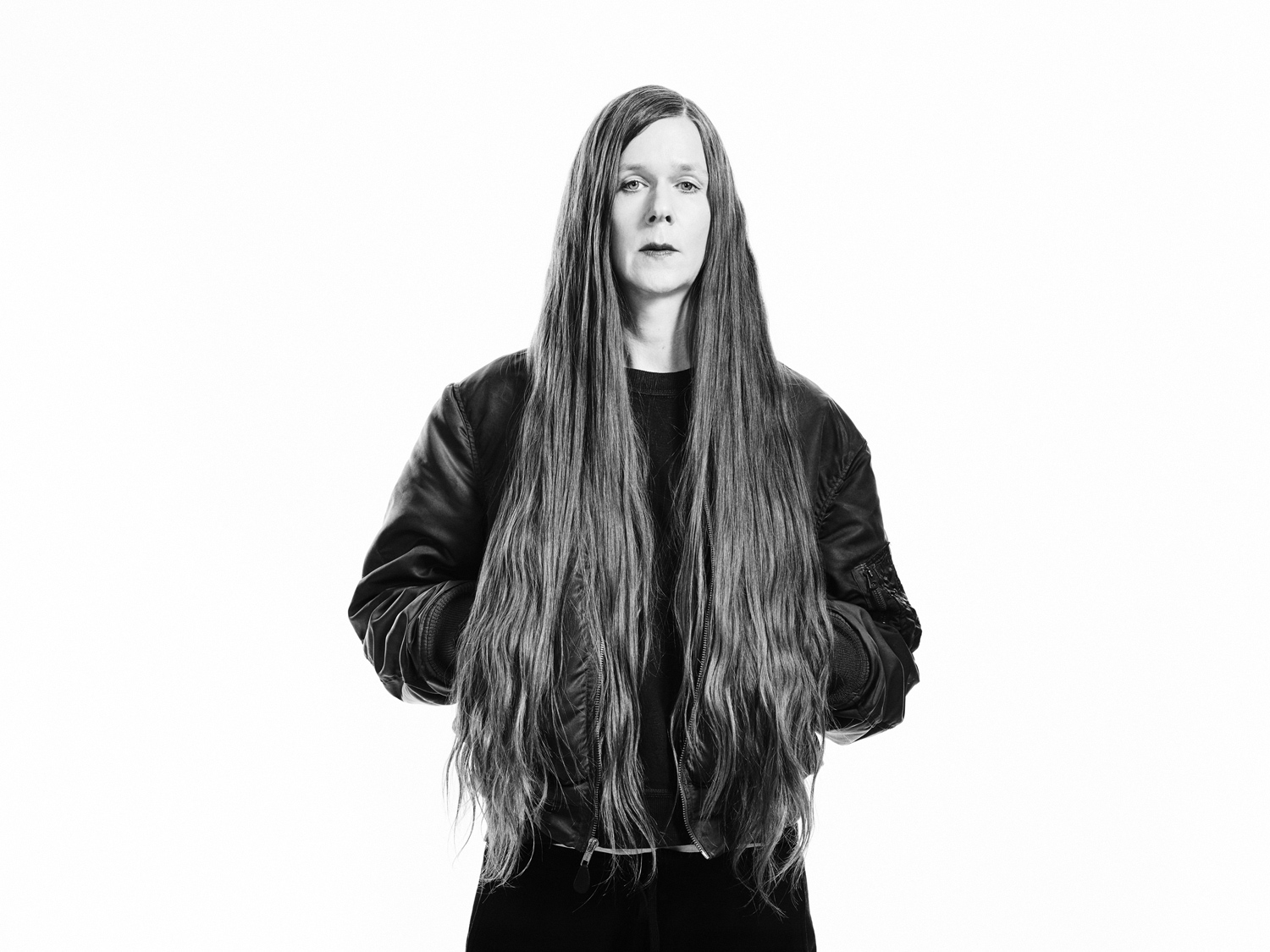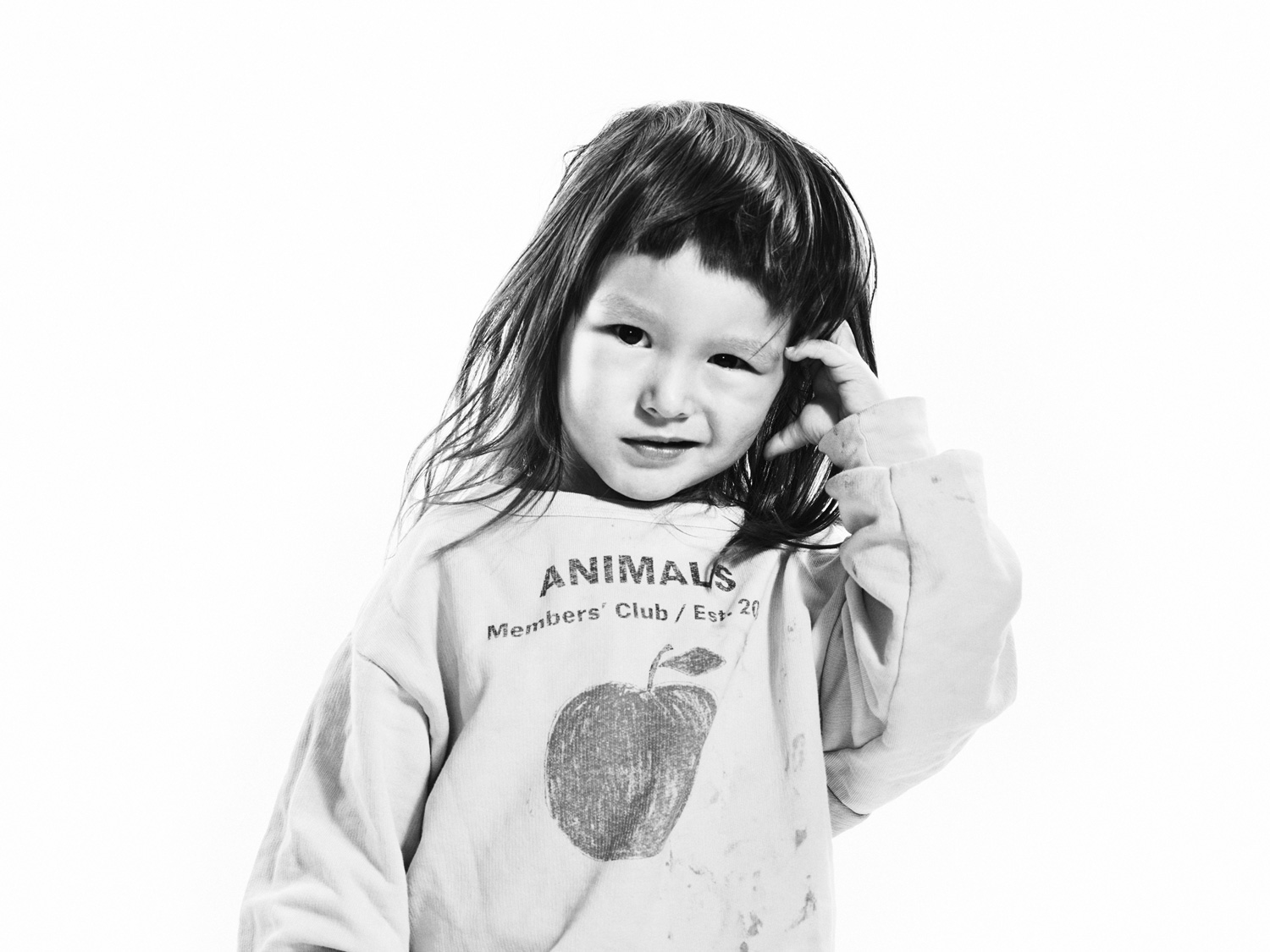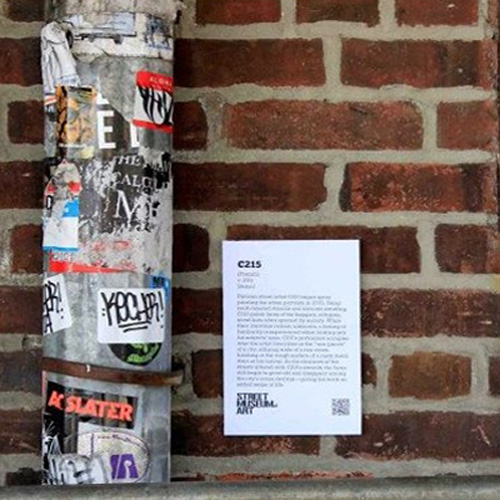Christelle de Castro’s “Citizens of the Bowery” on the citizenM Bowery
62 black and white photos across 22 floors from the LES-based activist, director and photographer

The citizenM Bowery rises many stories above its neighbors on the iconic Lower Manhattan street. With this height, the latest hotel in the citizenM portfolio pays tribute to the community around it—one of artists and shopkeepers, students and multi-generational residents. The Bowery is beloved and ever-changing. And both of these factors get honored with the hotel’s first large-scale public art exhibition, Christelle de Castro‘s “citizens of the Bowery.”The public photography installation occupies 180 windows on the façade of the hotel, filling the space with 62 black and white portraits of locals. A true celebration of the city and its diversity, the installation is a success for citizenM and de Castro.

Both day and night, de Castro’s images captivate—glowing from their position on the building’s facade. The director, photographer and activist’s studio is a short walk from the hotel, in the LES. And perhaps the exhibition’s greatest success hinges on all three of those roles and how they united in her casting process. There are legendary locals, of course—some well-known (Michael Musto) and some fixtures (cash-register business owner Brian Faerman). But the exhibition itself acts as an advocate for the neighborhood’s diversity, and that all began with research.

“The Bowery runs from Chinatown to Cooper Square,” de Castro explains to CH. “We knew that there were tons of pockets of demographics that we needed to make sure were represented. I must use my platform to advocate for diversity. I want to represent more people of color, more queer people, more asian people. citizenM gave me full control to do this.” To seek out this representation, de Castro’s team looked to the street’s history. “We looked into areas where the Bowery was pioneering—from the first community garden in the city to the birth of modern tattooing in the city,” she says. Using this as an access point, word of mouth information spread like wildfire. One person would send her to another person, who would send her to another, and subjects began to manifest organically.

One honest, effective casting method involved making flyers, photocopying them over and over, and handing them out at shops that have been servicing the community for years. They also passed them out to people walking along the street, but the true DIY results came from local businesses. They found that 80% of the people committing were over the age of 50, so de Castro reached out to an employee at YMCA, who’d worked there for 25 years. Not only did he connect de Castro’s team with students who were volunteering, he also introduced them to a community board member.

Only a handful of hours after the introduction, de Castro ended up at the community board meeting, prepared to speak. It took place only one block from her studio. And as she waited to speak, she met someone from the citizenM team for the first time in person. He was there to announce the hotel’s pledge to hire staff from the community. As she makes clear, “These are practices new business should be doing when they come into the neighborhood. They need to ask what they can do to ensure that the community is thought of.” When de Castro made her announcement, people were genuinely touched, and everyone who said they wanted to be involved were then incorporated. Further, anyone who was from the neighborhood who wrote in and said they wanted to be photographed for the project were included. This was no casting process: de Castro didn’t ask for photos of themselves in advance. This was everyone’s project.

Her approach paid dues to the Bowery and its citizens, and citizenM knew this would be the case. “I got an email from the agency that handles all of citizenM creative. They said, ‘Hey, we like your black and white work, would you be interested in working with a hotel on a special project?'” de Castro was touched by the ask, and that they were familiar with her portraiture (rather than her fashion work). When she expressed further interest, they said they wanted to host an exhibition that paid homage to the locals, she almost couldn’t believe it. “They wanted an artist from the neighborhood. They wanted this by a local for the locals. New Yorkers do not want to see their neighborhoods change or their neighbors displaced. And here is an affordable hotel—a green hotel that spends money on shared spaces—hiring from the neighborhood and honoring its history.” This installation is simply a stunning, well-executed art exhibition, for everybody.
Building images by Chris Cooper, portraits by Christelle de Castro












